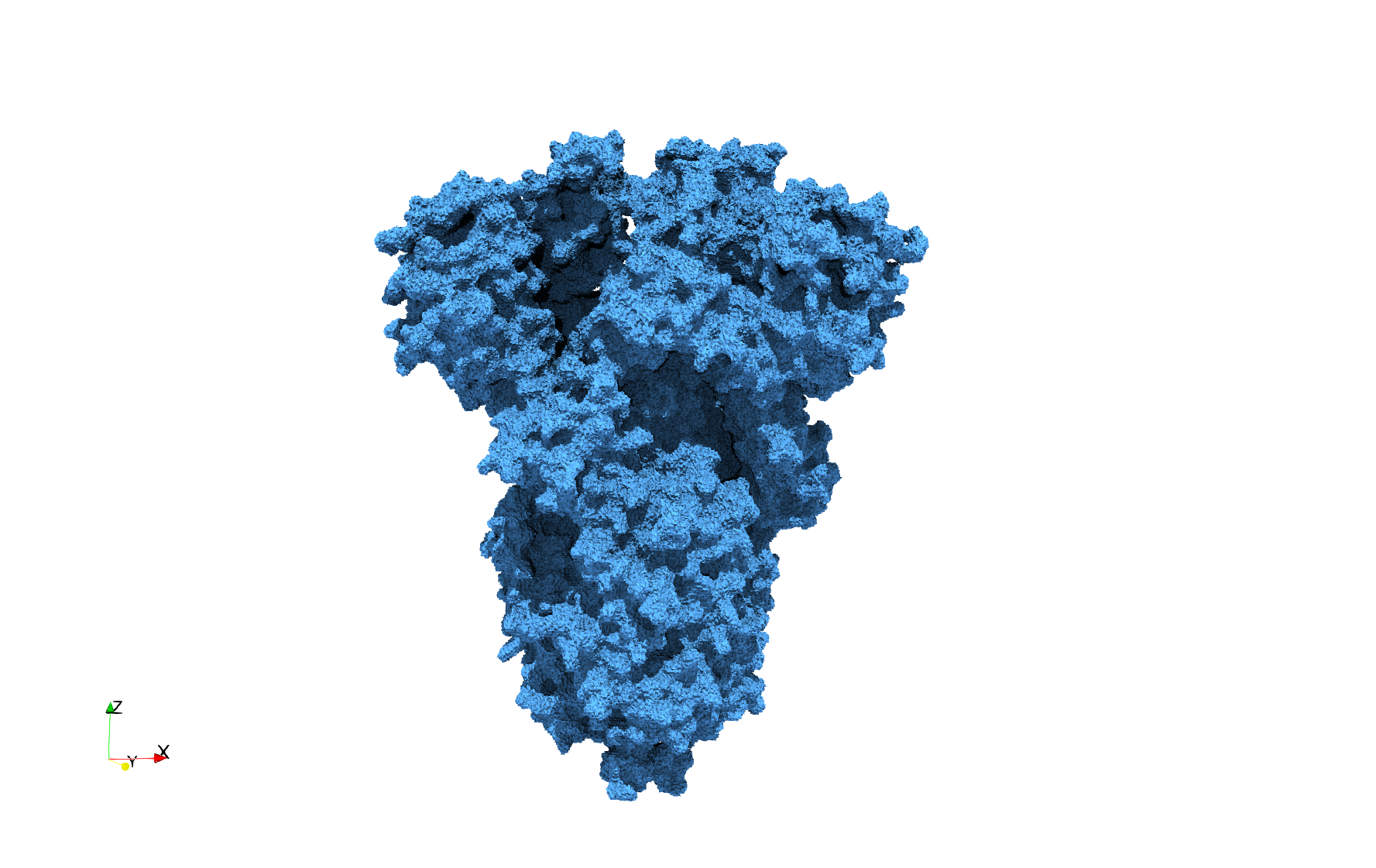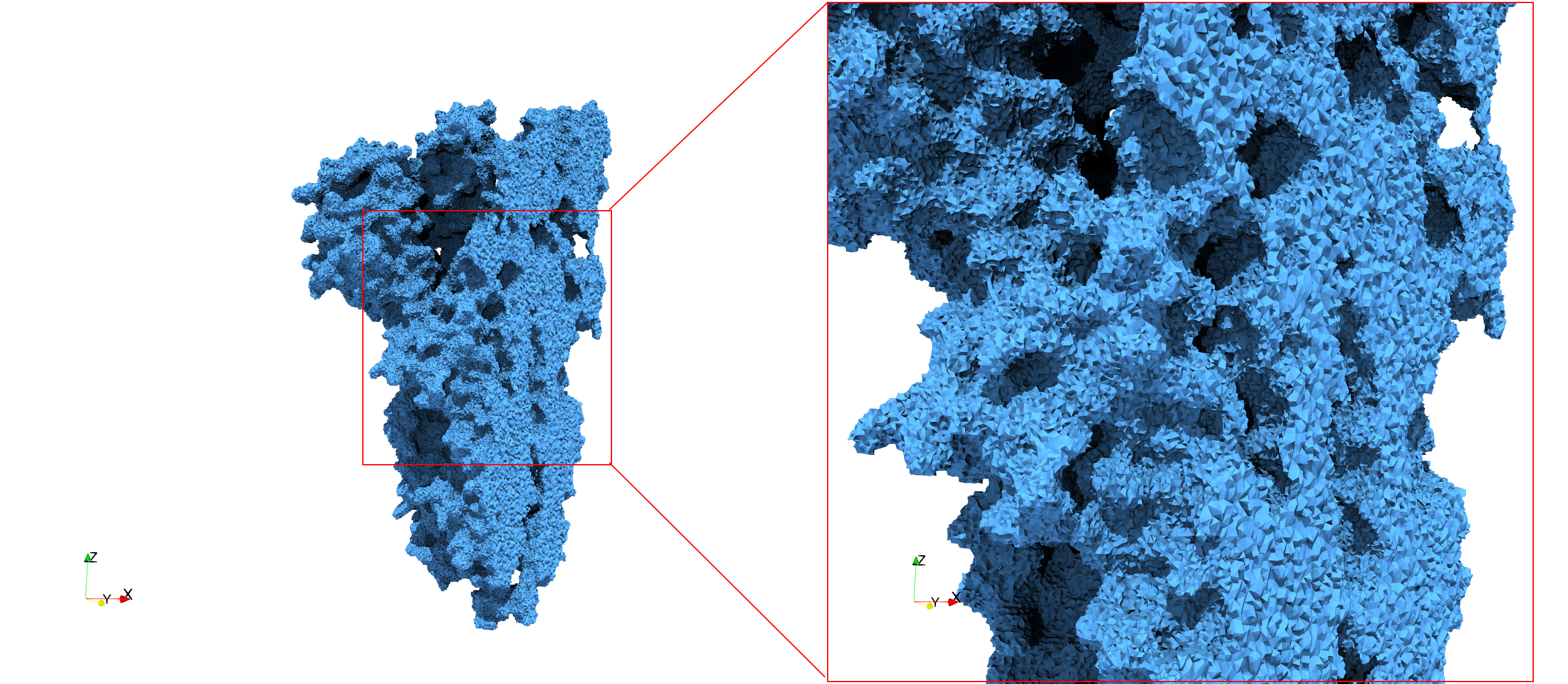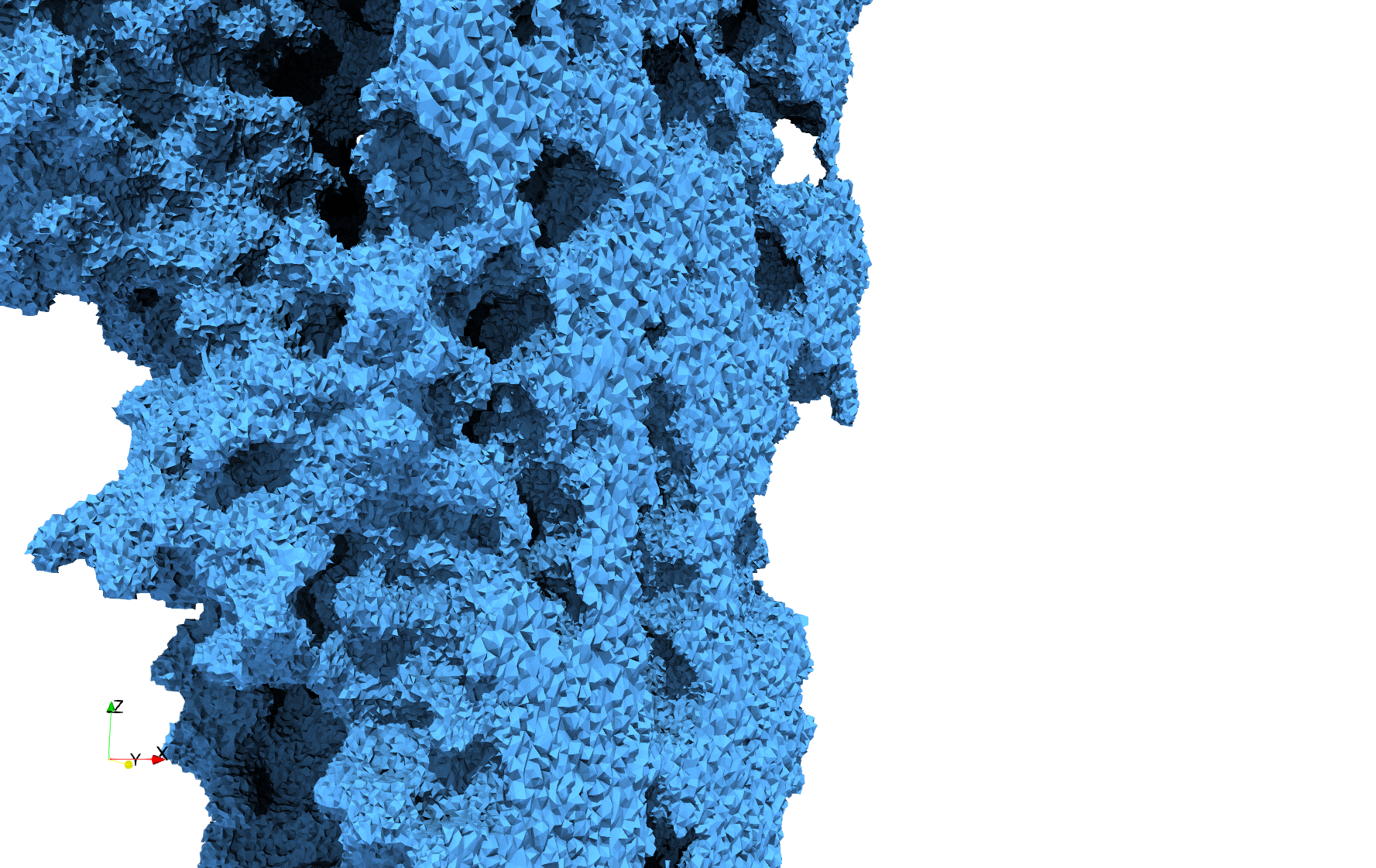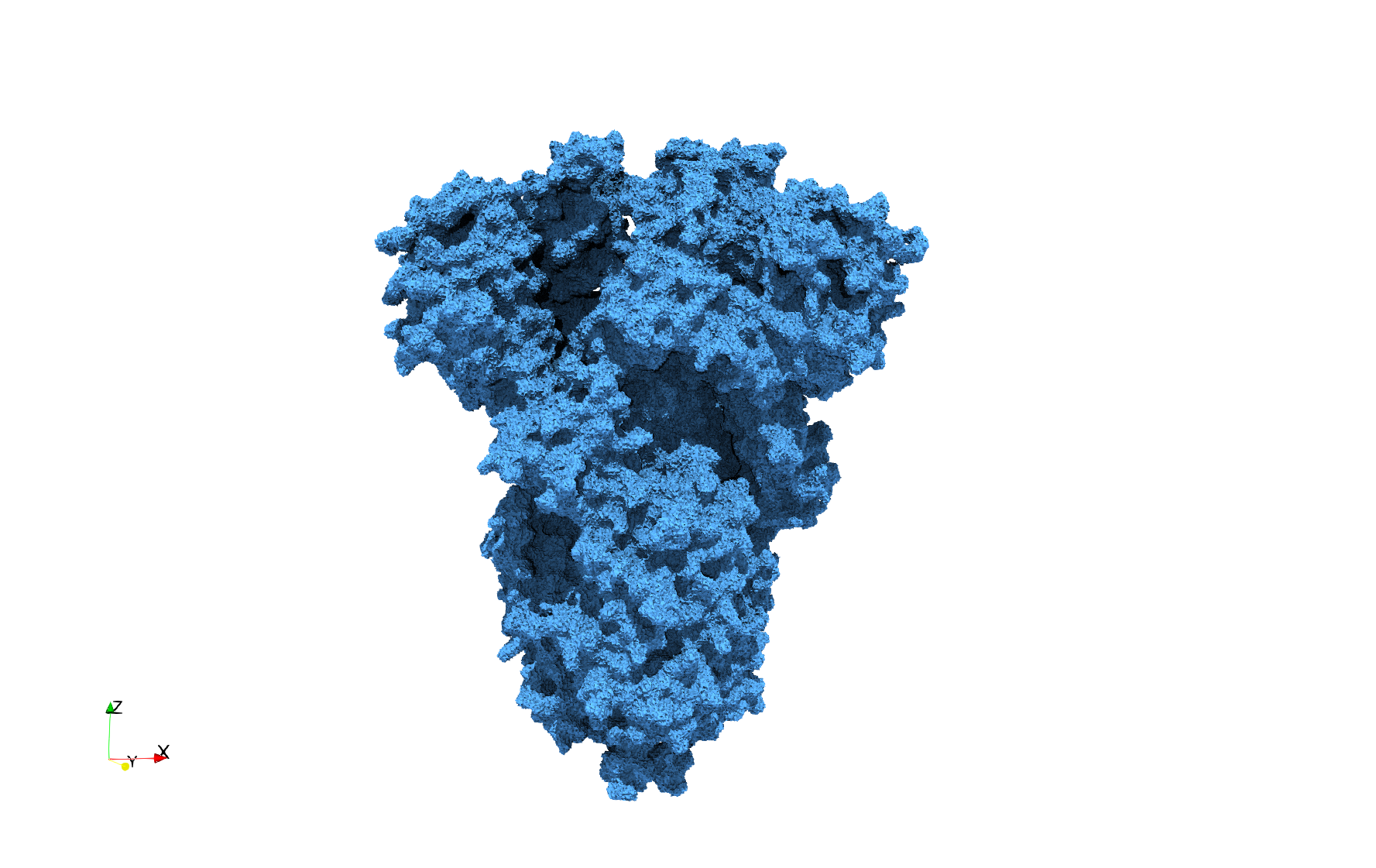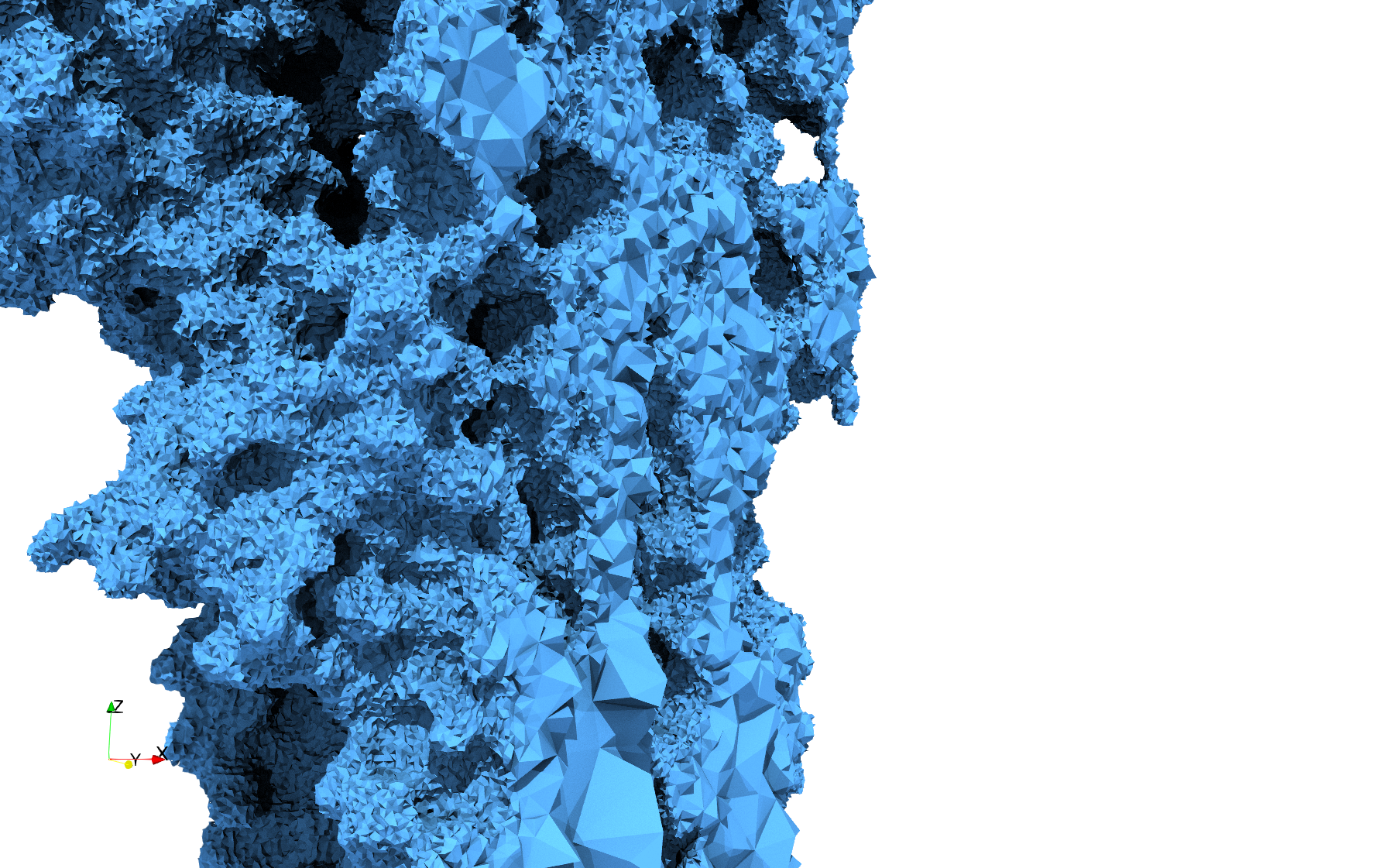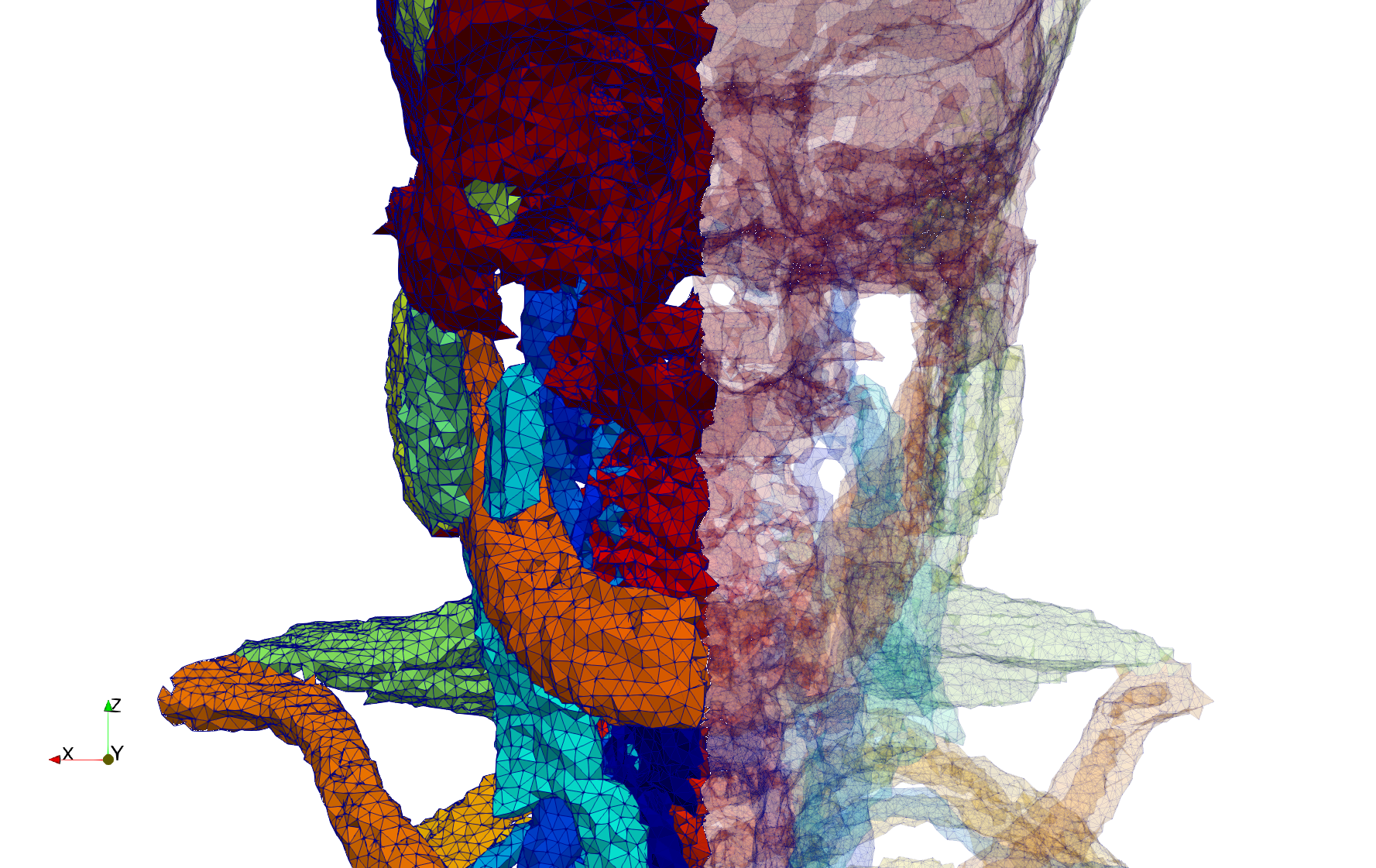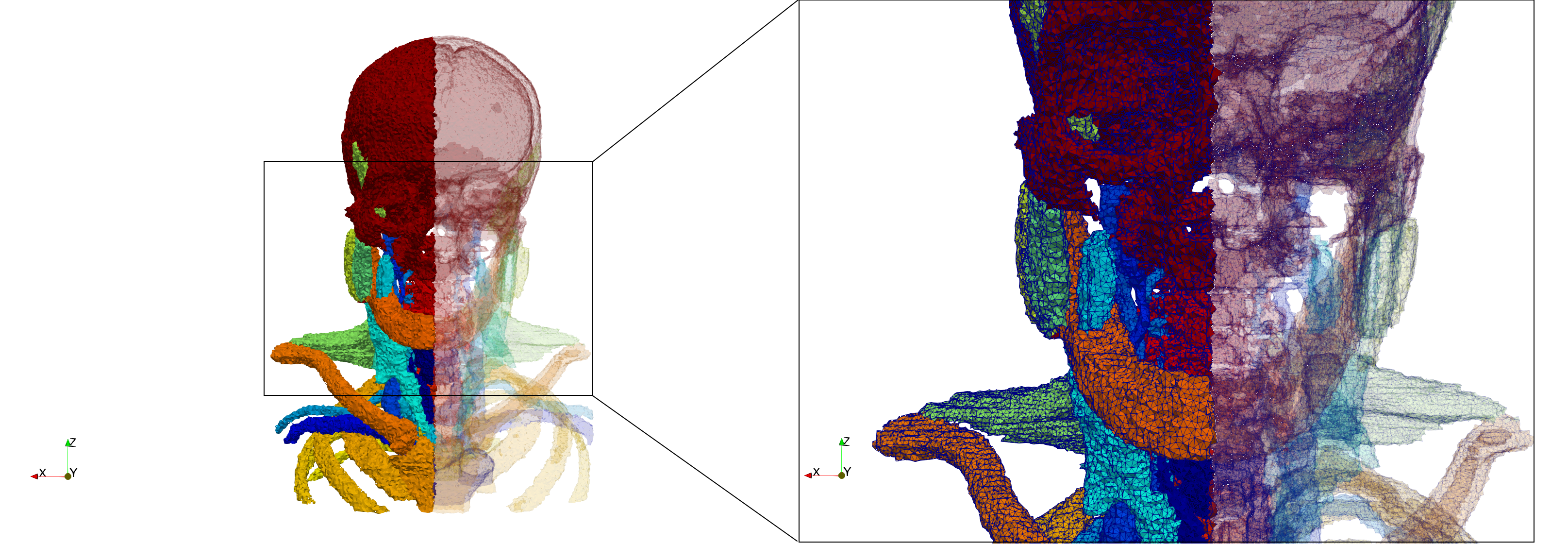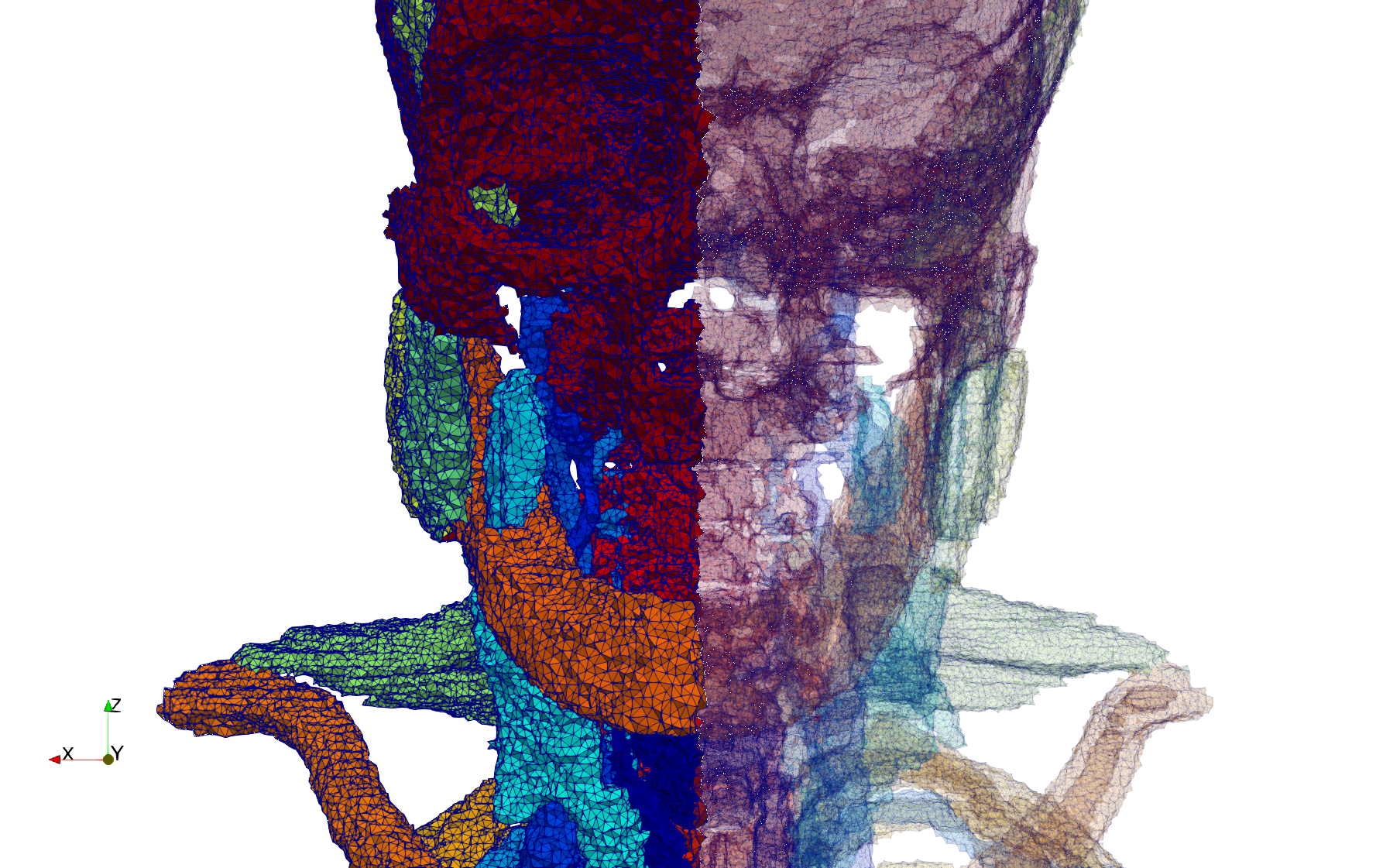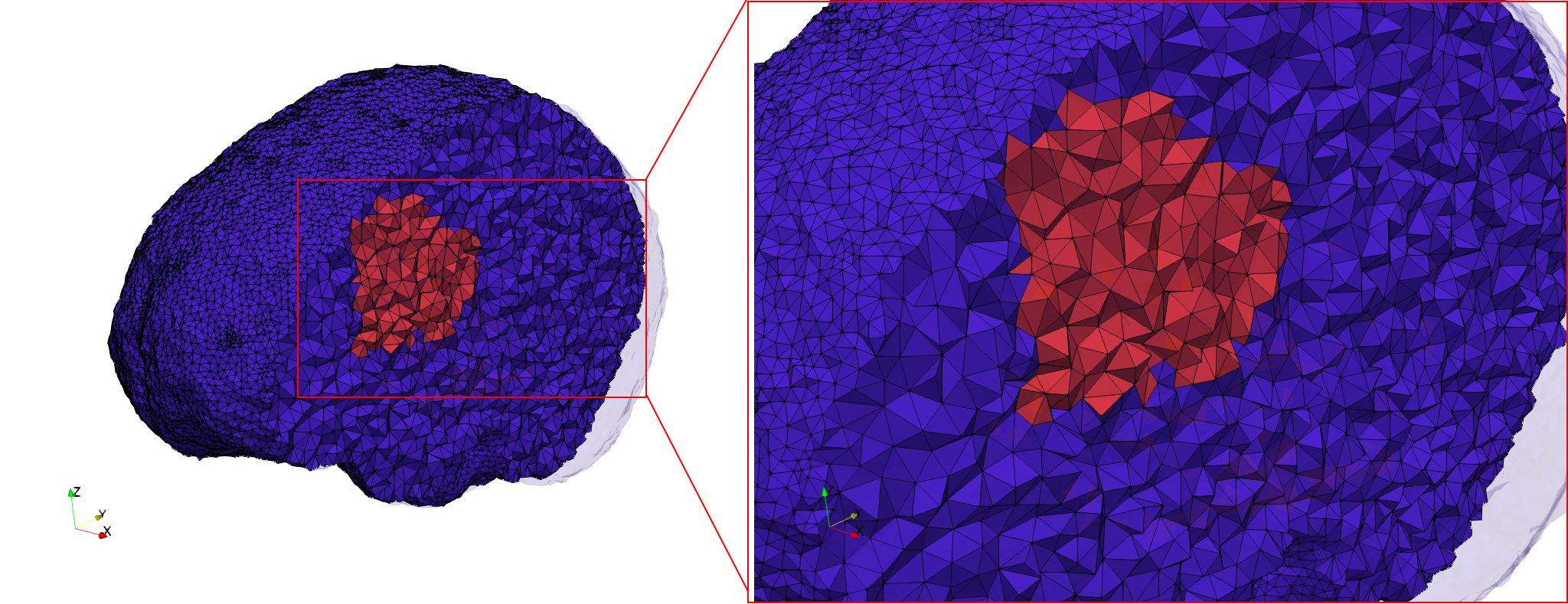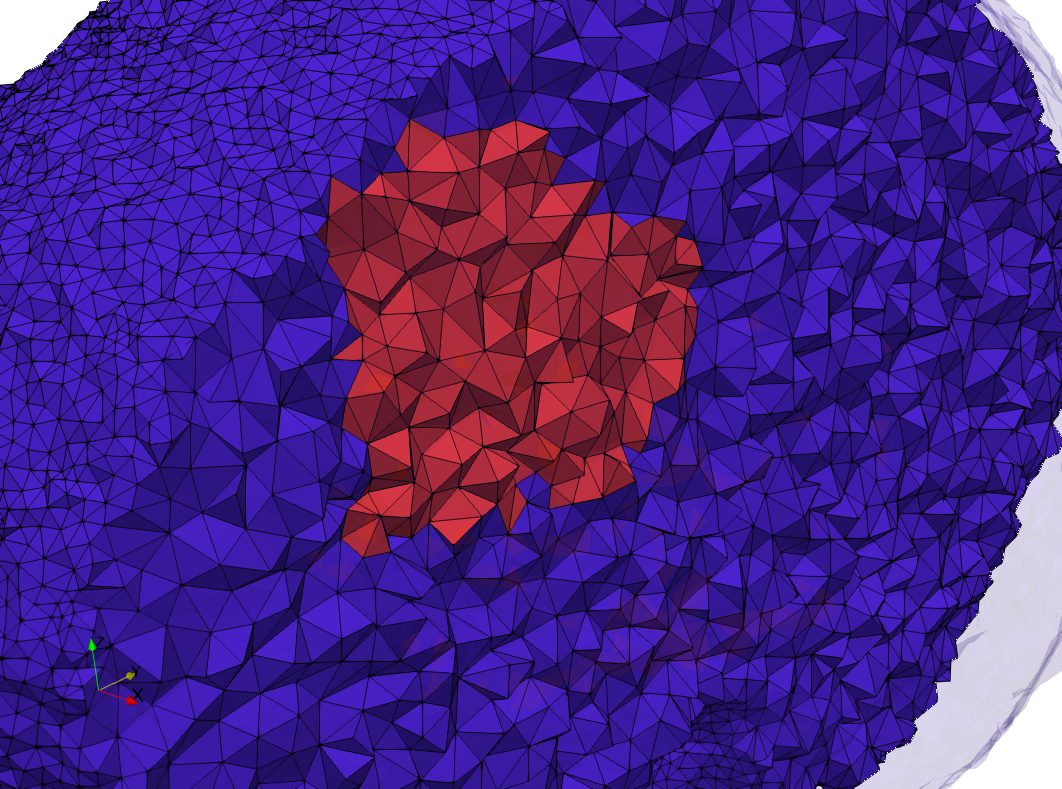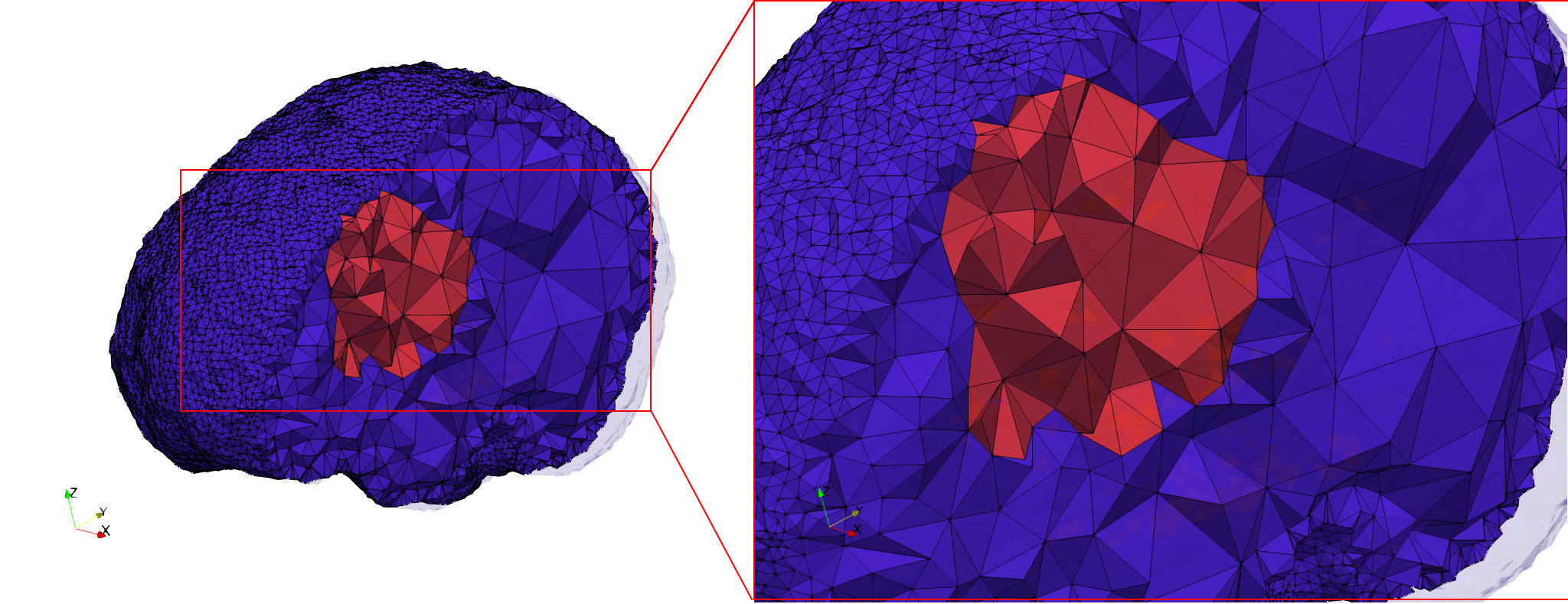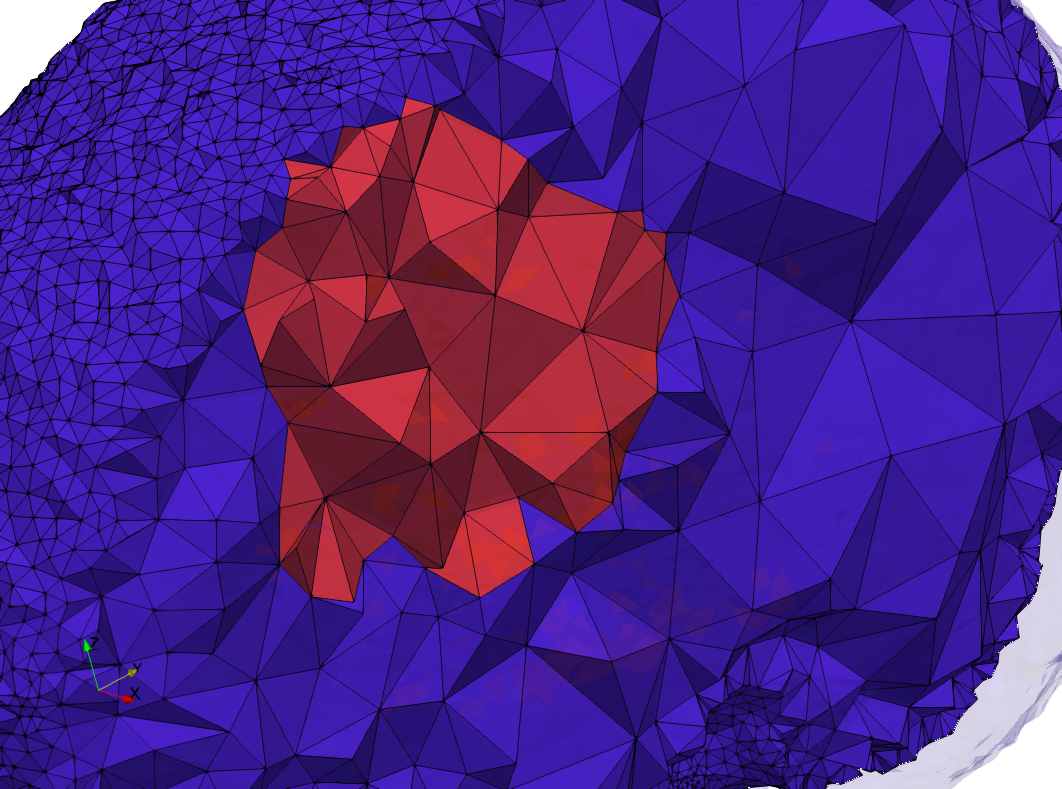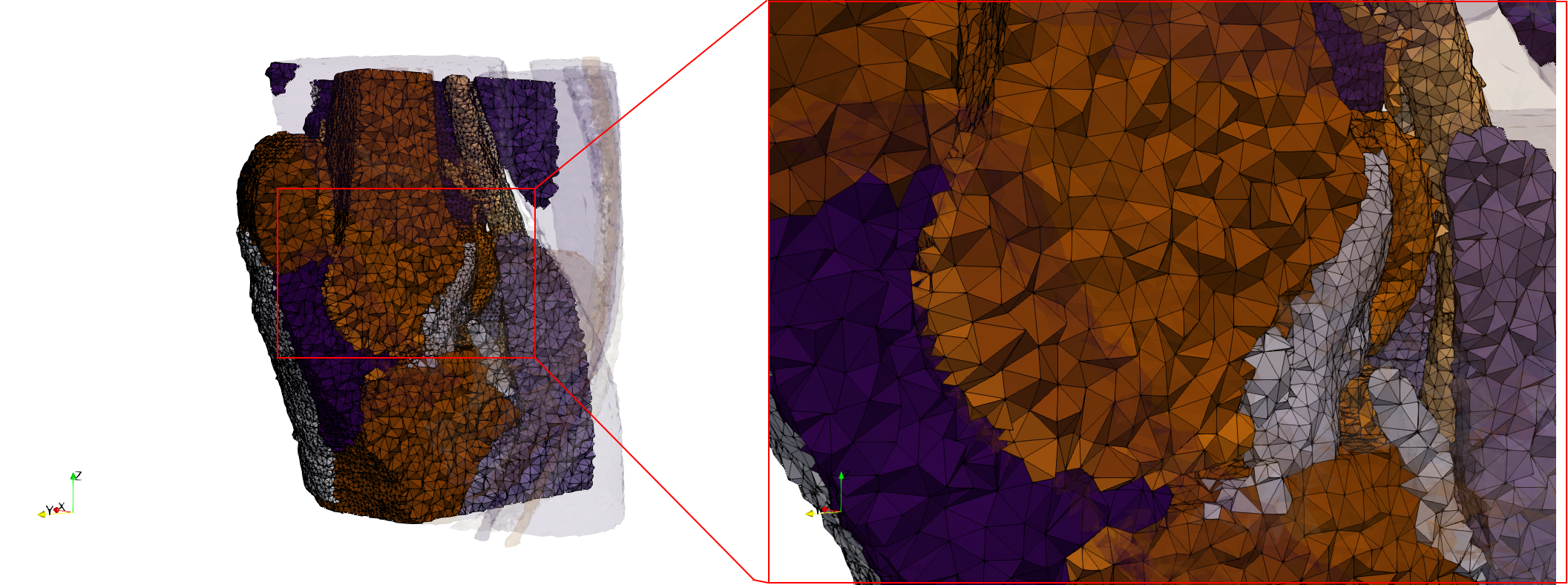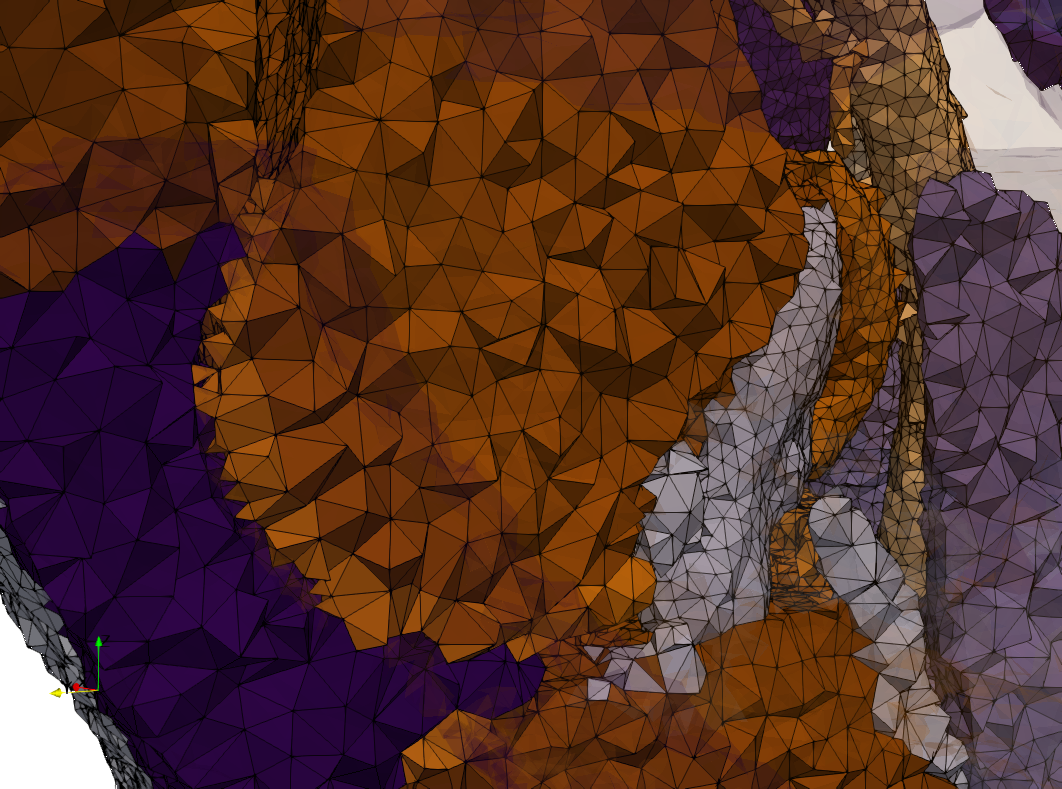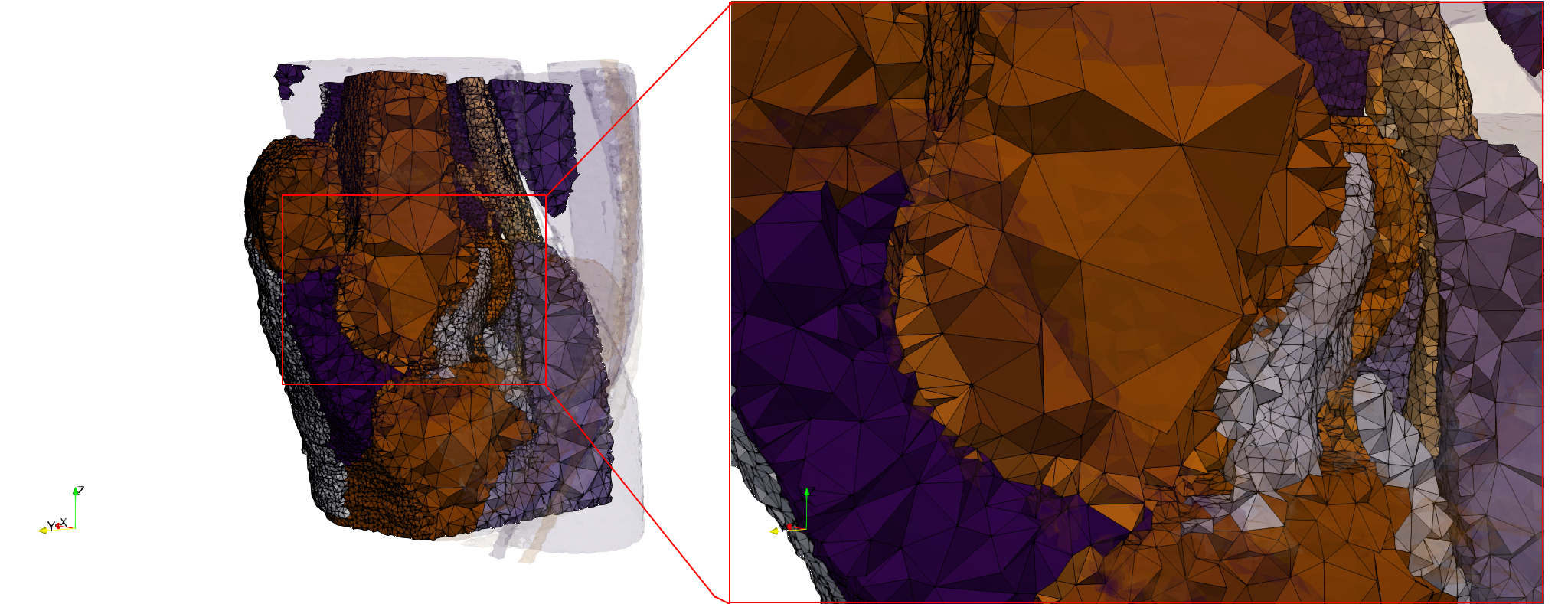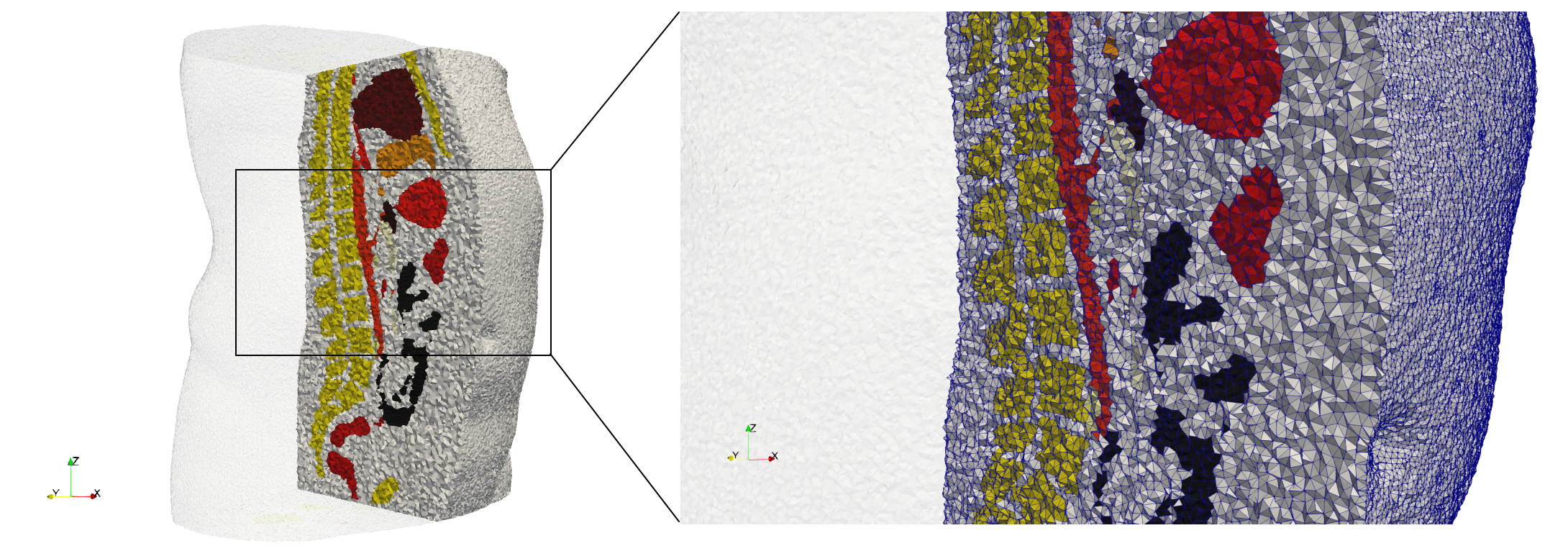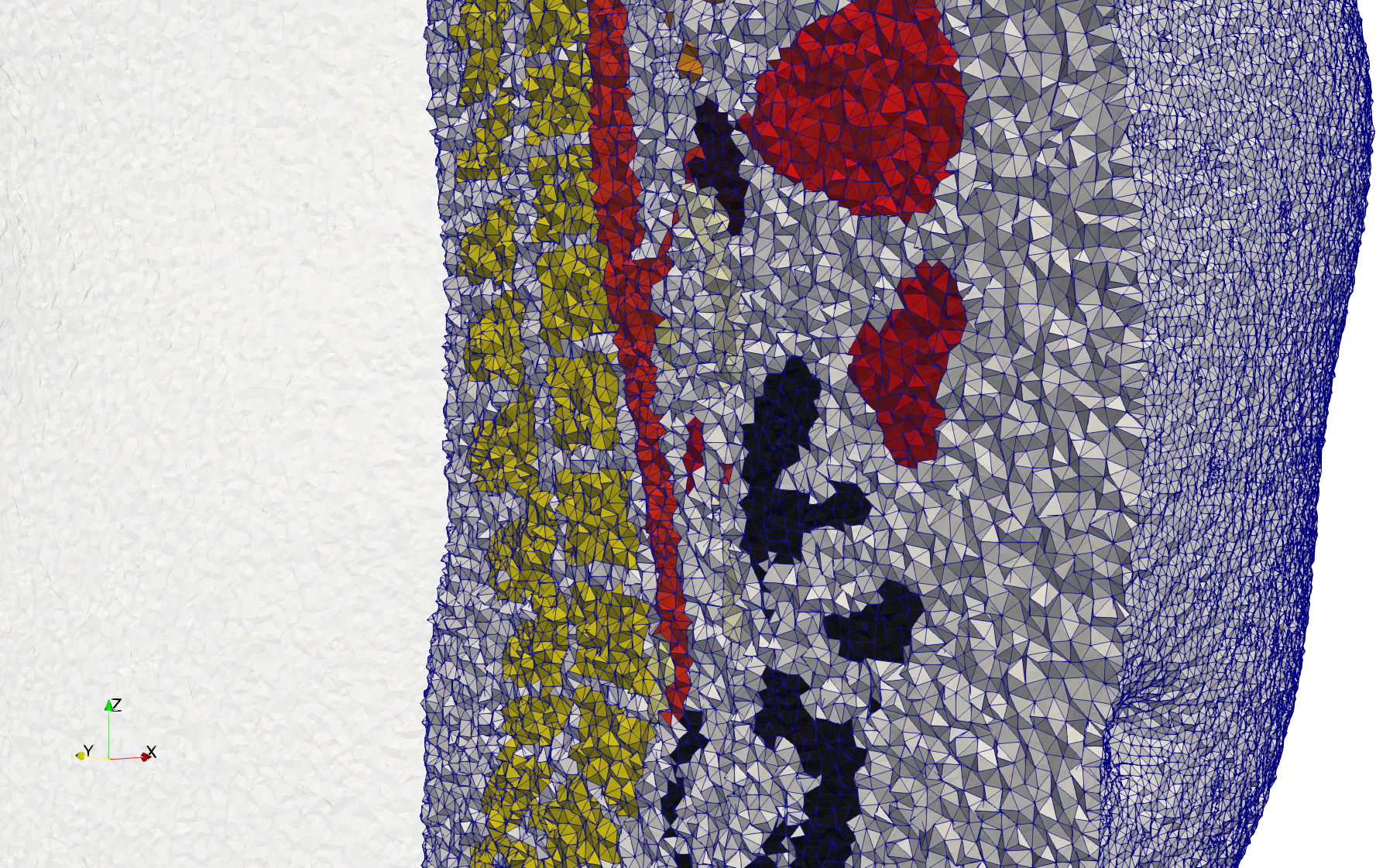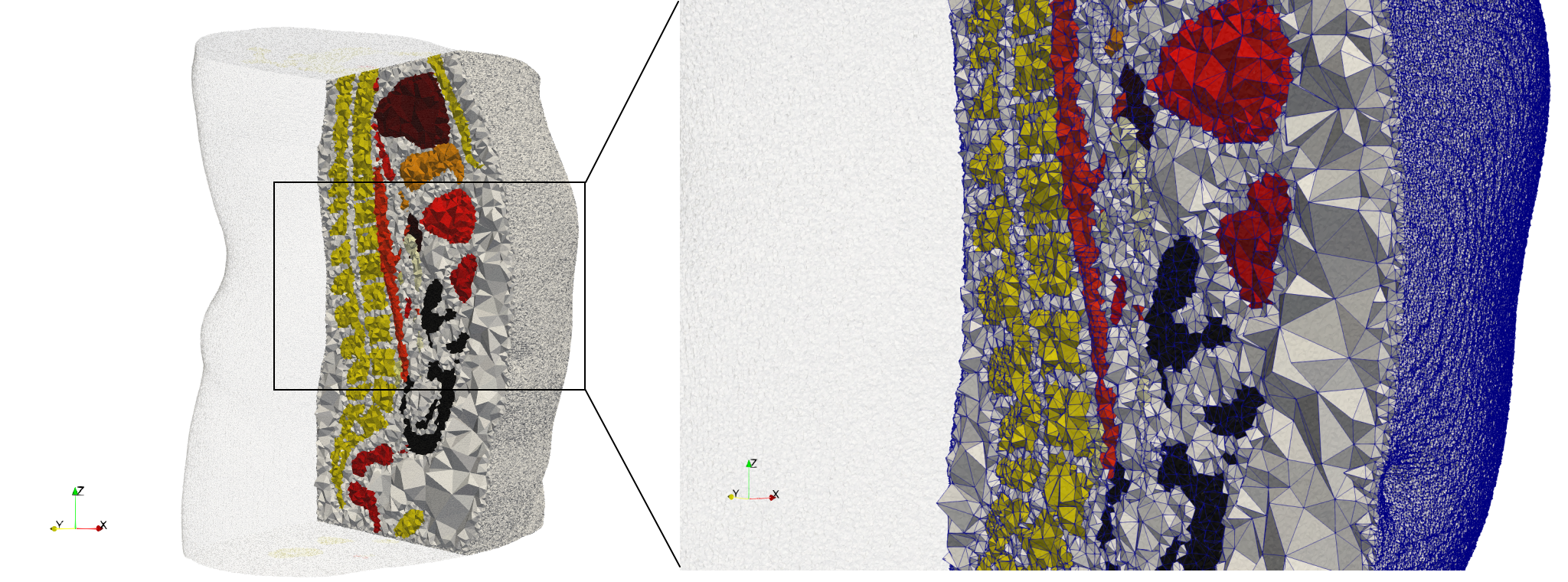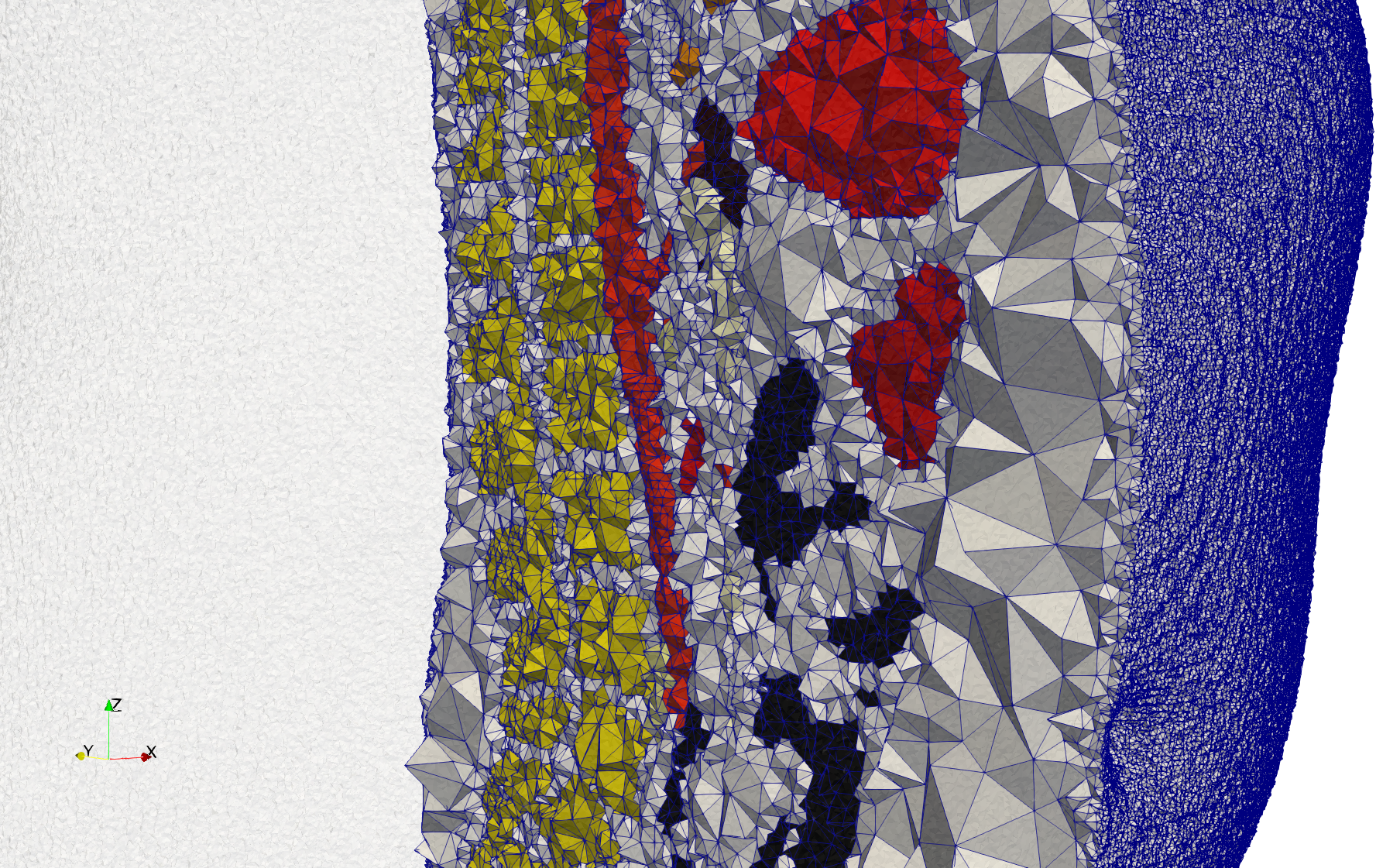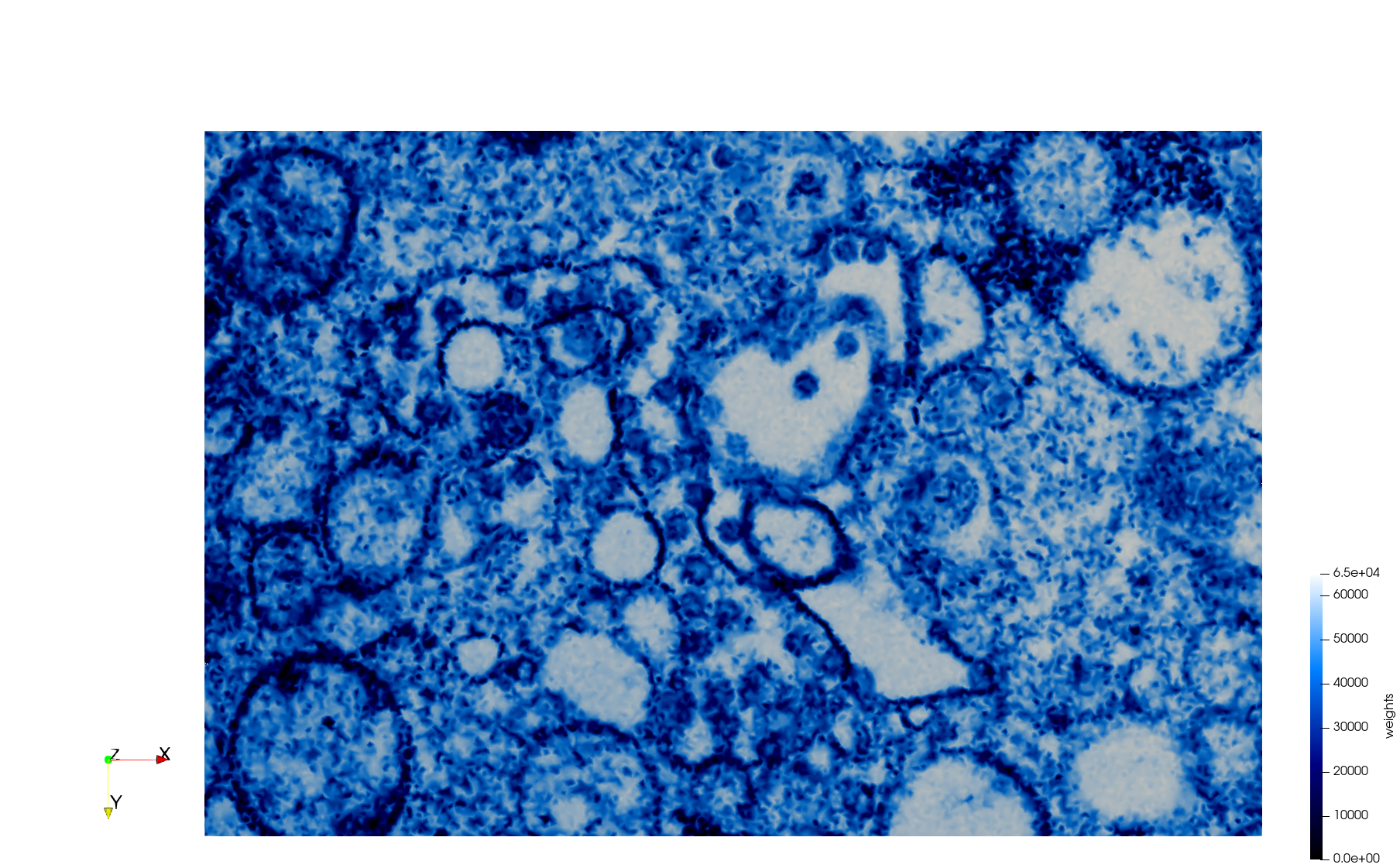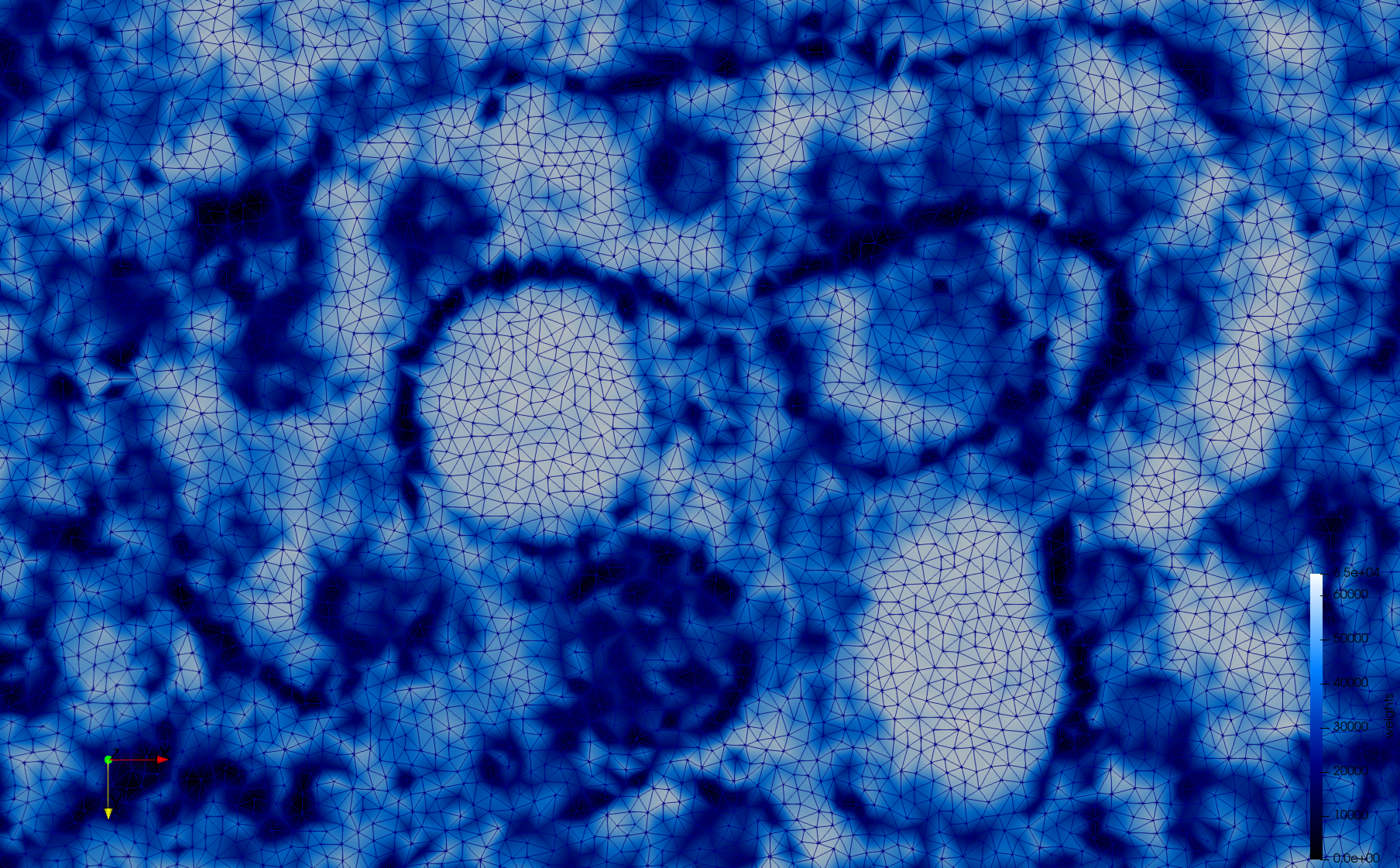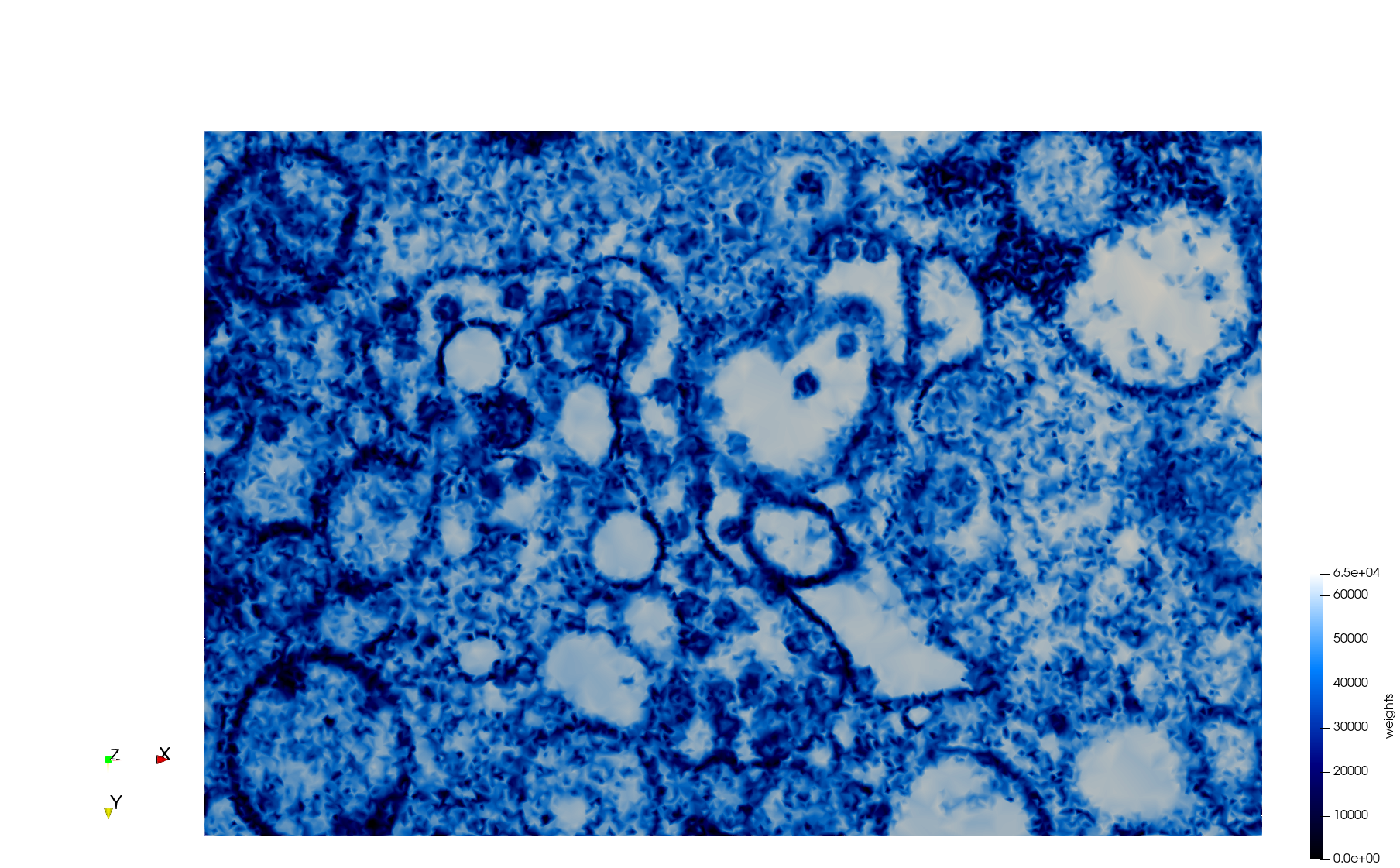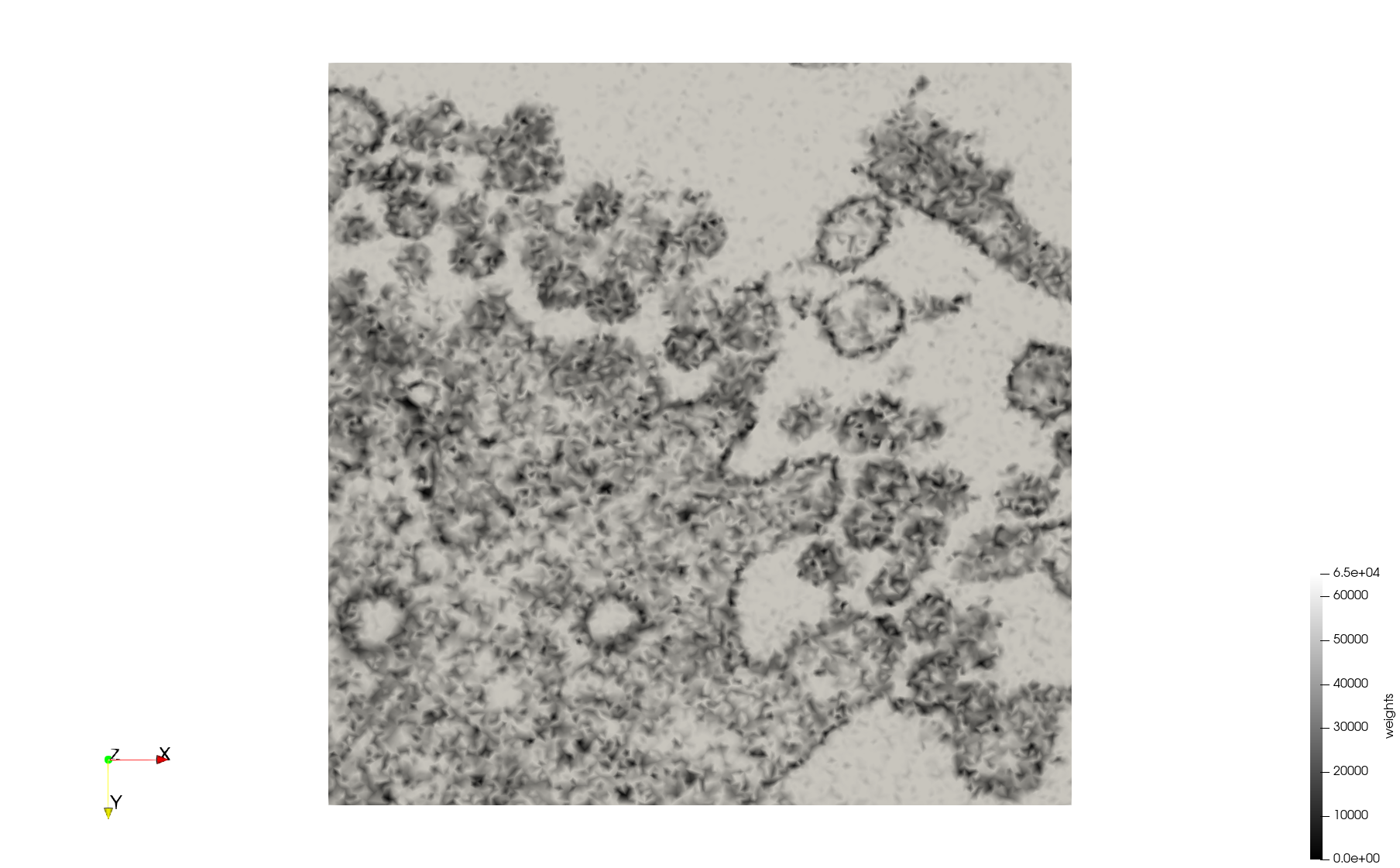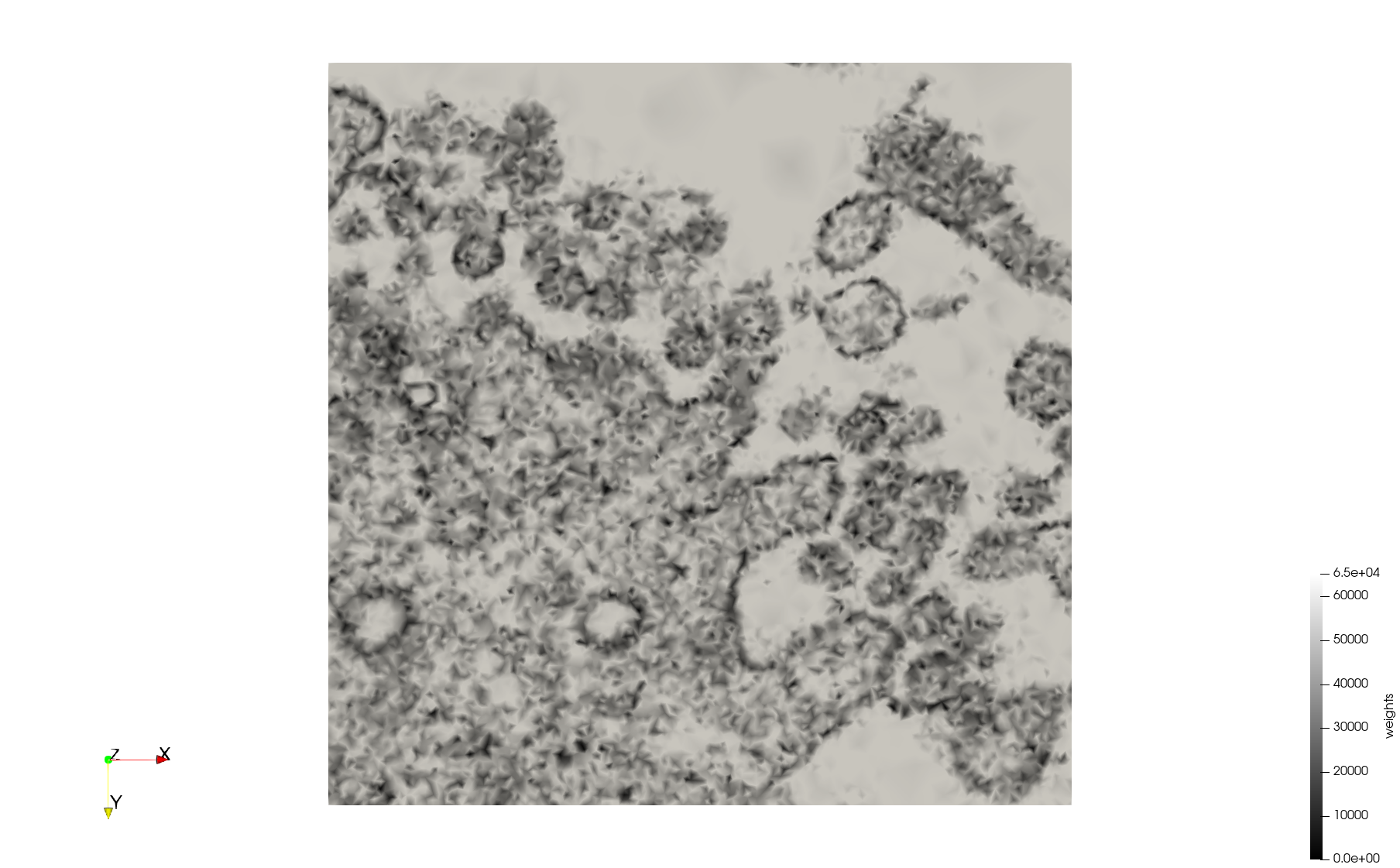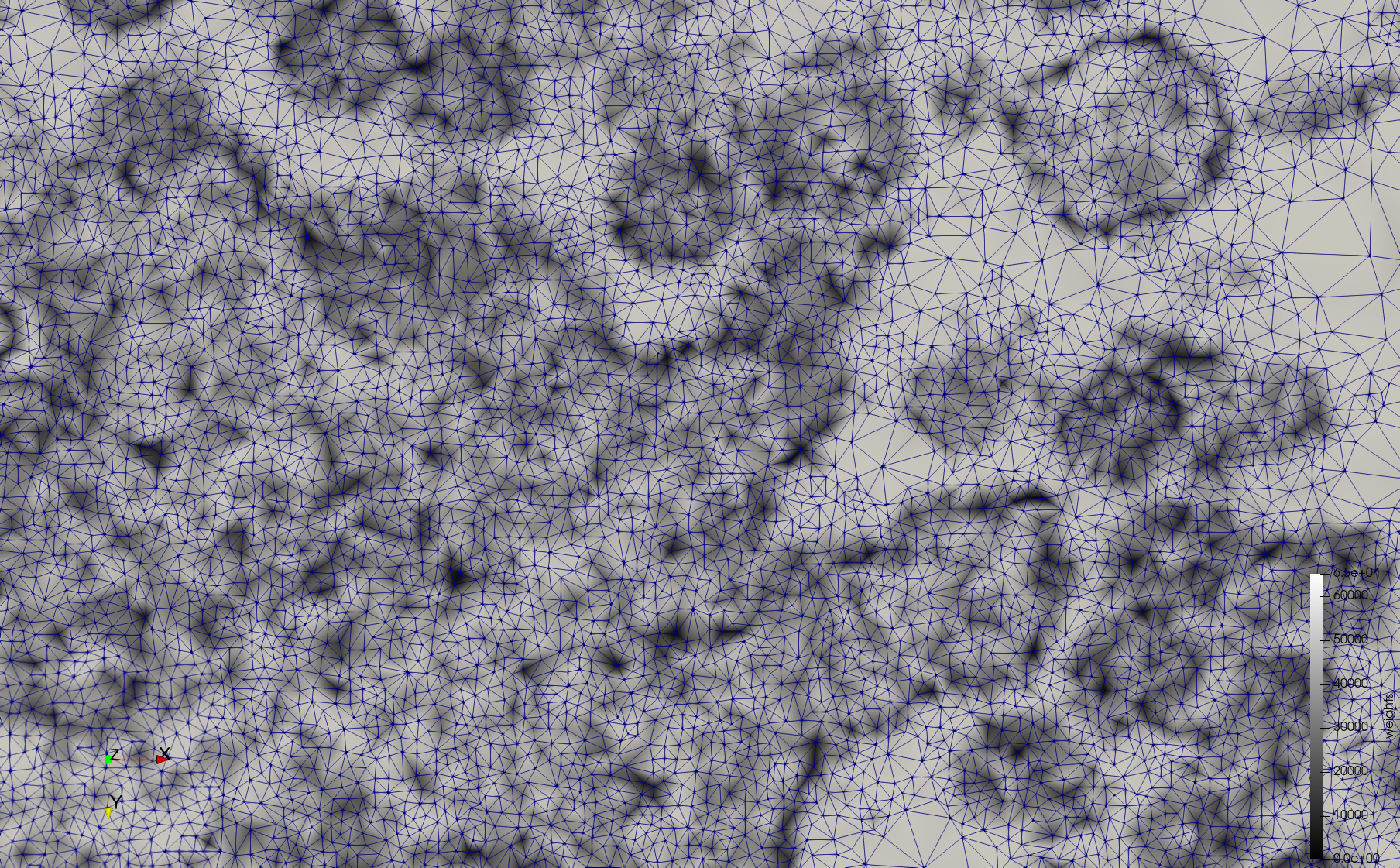Difference between revisions of "Medical Imaging Example Meshes"
Spyridon97 (talk | contribs) (→COVID-19-Spike-Glycoprotein-6vsb) |
Spyridon97 (talk | contribs) |
||
| Line 1: | Line 1: | ||
__TOC__ | __TOC__ | ||
| − | |||
| − | |||
| − | |||
| − | |||
| − | |||
| − | |||
| − | |||
| − | |||
| − | |||
| − | |||
| − | |||
| − | |||
| − | |||
| − | |||
| − | |||
| − | |||
| − | |||
| − | |||
| − | |||
| − | |||
| − | |||
| − | |||
| − | |||
| − | |||
| − | |||
| − | |||
| − | |||
| − | |||
| − | |||
| − | |||
| − | |||
| − | |||
| − | |||
| − | |||
| − | |||
| − | |||
| − | |||
| − | |||
| − | |||
| − | |||
| − | |||
| − | |||
| − | |||
| − | |||
| − | |||
| − | |||
| − | |||
| − | |||
| − | |||
| − | |||
| − | |||
| − | |||
| − | |||
| − | |||
| − | |||
| − | |||
| − | |||
| − | |||
| − | |||
| − | |||
| − | |||
| − | |||
=3D Example Meshes= | =3D Example Meshes= | ||
| Line 199: | Line 137: | ||
docker run -v $(pwd):/data/ crtc_i2m tessellate3d --input ./Medical_Imaging_Data/3D/Ircad2.nrrd --delta 1 --threads 6 --volume-grading --output ./Ircad2,d=1,graded.vtk | docker run -v $(pwd):/data/ crtc_i2m tessellate3d --input ./Medical_Imaging_Data/3D/Ircad2.nrrd --delta 1 --threads 6 --volume-grading --output ./Ircad2,d=1,graded.vtk | ||
</pre> | </pre> | ||
| + | |||
| + | =2D Example Meshes= | ||
| + | The directory containing the 2D input data is located in the 2D folder of [https://odu.box.com/s/wd0i18giti2zo330y19xhkqu8wjzgf7j Medical_Imaging_Data]. | ||
| + | |||
| + | ==COVID-19-23354== | ||
| + | * Input image : Dimensions (3,000x2,000) with spacing (1x1) | ||
| + | * Uniform with Min-Edge = 15: 82,981 triangles | ||
| + | * Adaptive with Min-Edge = 15: 67,920 triangles | ||
| + | |||
| + | <gallery mode="packed" heights=250px> | ||
| + | File:COVID-19-23354,uniform,e=15,suface.png | ||
| + | File:COVID-19-23354,uniform,e=15,triangulation.png | ||
| + | File:COVID-19-23354,uniform,e=15,triangulation,zoom.png | ||
| + | </gallery> | ||
| + | <gallery mode="packed" heights=250px> | ||
| + | File:COVID-19-23354,w=0.1,e=15,suface.png | ||
| + | File:COVID-19-23354,w=0.1,e=15,triangulation.png | ||
| + | File:COVID-19-23354,w=0.1,e=15,triangulation,zoom.png | ||
| + | </gallery> | ||
| + | |||
| + | Commands to generate meshes : | ||
| + | |||
| + | '''Uniform with Min-Edge = 15:''' [https://odu.box.com/s/g1ujcqm76q0oxa0cm9dderp9tf5hqubt Output Mesh] | ||
| + | <pre> | ||
| + | docker run -v $(pwd):/data/ crtc_i2m tessellate2d --input ./Medical_Imaging_Data/2D/COVID-19-23354.tif --uniform --min-edge 15 --output ./COVID-19-23354,uniform,e=15.vtk | ||
| + | </pre> | ||
| + | |||
| + | '''Adaptive with Min-Edge = 15:''' [https://odu.box.com/s/bf0w2cfh7ww8wsm45e9yfxahiwb1m864 Output Mesh] | ||
| + | <pre> | ||
| + | docker run -v $(pwd):/data/ crtc_i2m tessellate2d --input ./Medical_Imaging_Data/2D/COVID-19-23354.tif --min-edge 15 --output ./COVID-19-23354,w=0.1,e=15.vtk | ||
| + | </pre> | ||
| + | |||
| + | Mesh generated based on the images published at [https://phil.cdc.gov//PHIL_Images/23354/23354.tif Centers for Disease Control and Prevention]. For the uniform meshes, the edge-size corresponds to 15 pixels. The adaptive meshes were created by controlling the size of the elements based on the difference in the intensity of the pixels. | ||
| + | |||
| + | ==COVID-19-23311== | ||
| + | * Input image : Dimensions (2,460x2,460) with spacing (1x1) | ||
| + | * Uniform with Min-Edge = 20: 47,028 triangles | ||
| + | * Adaptive with Min-Edge = 20: 34,080 tetrahedra | ||
| + | |||
| + | <gallery mode="packed" heights=250px> | ||
| + | File:COVID-19-23311,uniform,e=20,suface.png | ||
| + | File:COVID-19-23311,uniform,e=20,triangulation.png | ||
| + | File:COVID-19-23311,uniform,e=20,triangulation,zoom.png | ||
| + | </gallery> | ||
| + | <gallery mode="packed" heights=250px> | ||
| + | File:COVID-19-23311,w=0.1,e=20,suface.png | ||
| + | File:COVID-19-23311,w=0.1,e=20,triangulation.png | ||
| + | File:COVID-19-23311,w=0.1,e=20,triangulation,zoom.png | ||
| + | </gallery> | ||
| + | |||
| + | Commands to generate meshes : | ||
| + | |||
| + | '''Uniform with Min-Edge = 20:''' [https://odu.box.com/s/dkv6271ky0cxvk4lio2bvw6jv9zw5iaf Output Mesh] | ||
| + | <pre> | ||
| + | docker run -v $(pwd):/data/ crtc_i2m tessellate2d --input ./Medical_Imaging_Data/2D/COVID-19-23311.tif --uniform --min-edge 20 --output ./COVID-19-23311,uniform,e=20.vtk | ||
| + | </pre> | ||
| + | |||
| + | '''Adaptive with Min-Edge = 20:''' [https://odu.box.com/s/jeqmz2c8dsssl8zujkywl2v3bjaby8gc Output Mesh] | ||
| + | <pre> | ||
| + | docker run -v $(pwd):/data/ crtc_i2m tessellate2d --input ./Medical_Imaging_Data/2D/COVID-19-23311.tif --min-edge 20 --output ./COVID-19-23311,w=0.1,e=20.vtk | ||
| + | </pre> | ||
| + | |||
| + | Mesh generated based on the images published at [https://phil.cdc.gov//PHIL_Images/23311/23311.tif Centers for Disease Control and Prevention]. For the uniform meshes, the edge-size corresponds to 20 pixels. The adaptive meshes were created by controlling the size of the elements based on the difference in the intensity of the pixels. | ||
Revision as of 01:06, 16 March 2020
Contents
3D Example Meshes
The directory containing the 3D input data is located in the 3D folder of Medical_Imaging_Data.
COVID-19-Spike-Glycoprotein-6vsb
- Input image : Dimensions (220x223x314) with spacing (0.551042x0.551042x0.551042)
- Uniform with Delta = 0.5: 5,731,833 tetrahedra
- Graded with Delta = 0.4: 3,794,223 tetrahedra
Commands to generate meshes :
Uniform with Delta = 0.4: Output Mesh
docker run -v $(pwd):/data/ crtc_i2m tessellate3d --input ./Medical_Imaging_Data/3D/COVID-19-Spike-Glycoprotein-6vsb.nrrd --delta 0.4 --output ./COVID-19-Spike-Glycoprotein-6vsb,d=0.4.vtk
Graded with Delta = 0.4: Output Mesh
docker run -v $(pwd):/data/ crtc_i2m tessellate3d --input ./Medical_Imaging_Data/3D/COVID-19-Spike-Glycoprotein-6vsb.nrrd --delta 0.4 --volume-grading --output ./COVID-19-Spike-Glycoprotein-6vsb,d=0.4,graded.vtk
A tetrahedral mesh of the surface of the COVID-19 spike glycoprotein. Bioassembly data was retrieved from molecule 6vsb from the Protein Data Bank
Head-Neck
- Input image : Dimensions (255x255x229) with spacing (0.976562x0.976562x1.40002)
- Uniform with Delta = default: 205,510 tetrahedra
- Uniform with Delta = 1.5: 767,393 tetrahedra
Commands to generate meshes :
Uniform with Delta = default : Output Mesh
docker run -v $(pwd):/data/ crtc_i2m tessellate3d --input ./Medical_Imaging_Data/3D/Head-Neck.mha --output ./Head-Neck,d=2.49023.vtk
Uniform with Delta = 1.5 : Output Mesh
docker run -v $(pwd):/data/ crtc_i2m tessellate3d --input ./Medical_Imaging_Data/3D/Head-Neck.mha --delta 1.5 --output ./Head-Neck,d=1.5.vtk
Brain-With-Tumor-Case17
- Input image : Dimensions (448x512x176) with spacing (0.488281x0.488281x1)
- Uniform with Delta = default: 222,540 tetrahedra
- Graded with Delta = default: 94,383 tetrahedra
Commands to generate meshes :
Uniform with Delta = default : Output Mesh
docker run -v $(pwd):/data/ crtc_i2m tessellate3d --input ./Medical_Imaging_Data/3D/Brain-With-Tumor-Case17.nii --output ./Brain-With-Tumor-Case17,d=1.76001.vtk
Graded with Delta = default : Output Mesh
docker run -v $(pwd):/data/ crtc_i2m tessellate3d --input ./Medical_Imaging_Data/3D/Brain-With-Tumor-Case17.nii --volume-grading --output ./Brain-With-Tumor-Case17,d=1.76001,graded.vtk
Knee-Char
- Input image : Dimensions (512x512x119) with spacing (0.27734x0.27734x1)
- Uniform with Delta = default : 386,869 tetrahedra
- Graded with Delta = default : 274,309 tetrahedra
Commands to generate meshes :
Uniform with Delta = default : Output Mesh
docker run -v $(pwd):/data/ crtc_i2m tessellate3d --input ./Medical_Imaging_Data/3D/Knee-Char.mha --output ./Knee-Char,d=1.19.vtk
Graded with Delta = default : Output Mesh
docker run -v $(pwd):/data/ crtc_i2m tessellate3d --input ./Medical_Imaging_Data/3D/Knee-Char.mha --volume-grading --output ./Knee-Char,d=1.19,graded.vtk
Ircad2
- Input image : Dimensions (512x512x219) with spacing (0.976562x0.976562x1.40002)
- Uniform with Delta = 2: 5,031,442 tetrahedra (#elements for each execution might differ due to the usage of more than one thread)
- Graded with Delta = 1: 6,072,751 tetrahedra (#elements for each execution might differ due to the usage of more than one thread)
Commands to generate meshes :
Uniform with Delta = 2 : Output Mesh
docker run -v $(pwd):/data/ crtc_i2m tessellate3d --input ./Medical_Imaging_Data/3D/Ircad2.nrrd --delta 2 --threads 6 --output ./Ircad2,d=2.vtk
Graded with Delta = 1 : Output Mesh
docker run -v $(pwd):/data/ crtc_i2m tessellate3d --input ./Medical_Imaging_Data/3D/Ircad2.nrrd --delta 1 --threads 6 --volume-grading --output ./Ircad2,d=1,graded.vtk
2D Example Meshes
The directory containing the 2D input data is located in the 2D folder of Medical_Imaging_Data.
COVID-19-23354
- Input image : Dimensions (3,000x2,000) with spacing (1x1)
- Uniform with Min-Edge = 15: 82,981 triangles
- Adaptive with Min-Edge = 15: 67,920 triangles
Commands to generate meshes :
Uniform with Min-Edge = 15: Output Mesh
docker run -v $(pwd):/data/ crtc_i2m tessellate2d --input ./Medical_Imaging_Data/2D/COVID-19-23354.tif --uniform --min-edge 15 --output ./COVID-19-23354,uniform,e=15.vtk
Adaptive with Min-Edge = 15: Output Mesh
docker run -v $(pwd):/data/ crtc_i2m tessellate2d --input ./Medical_Imaging_Data/2D/COVID-19-23354.tif --min-edge 15 --output ./COVID-19-23354,w=0.1,e=15.vtk
Mesh generated based on the images published at Centers for Disease Control and Prevention. For the uniform meshes, the edge-size corresponds to 15 pixels. The adaptive meshes were created by controlling the size of the elements based on the difference in the intensity of the pixels.
COVID-19-23311
- Input image : Dimensions (2,460x2,460) with spacing (1x1)
- Uniform with Min-Edge = 20: 47,028 triangles
- Adaptive with Min-Edge = 20: 34,080 tetrahedra
Commands to generate meshes :
Uniform with Min-Edge = 20: Output Mesh
docker run -v $(pwd):/data/ crtc_i2m tessellate2d --input ./Medical_Imaging_Data/2D/COVID-19-23311.tif --uniform --min-edge 20 --output ./COVID-19-23311,uniform,e=20.vtk
Adaptive with Min-Edge = 20: Output Mesh
docker run -v $(pwd):/data/ crtc_i2m tessellate2d --input ./Medical_Imaging_Data/2D/COVID-19-23311.tif --min-edge 20 --output ./COVID-19-23311,w=0.1,e=20.vtk
Mesh generated based on the images published at Centers for Disease Control and Prevention. For the uniform meshes, the edge-size corresponds to 20 pixels. The adaptive meshes were created by controlling the size of the elements based on the difference in the intensity of the pixels.
